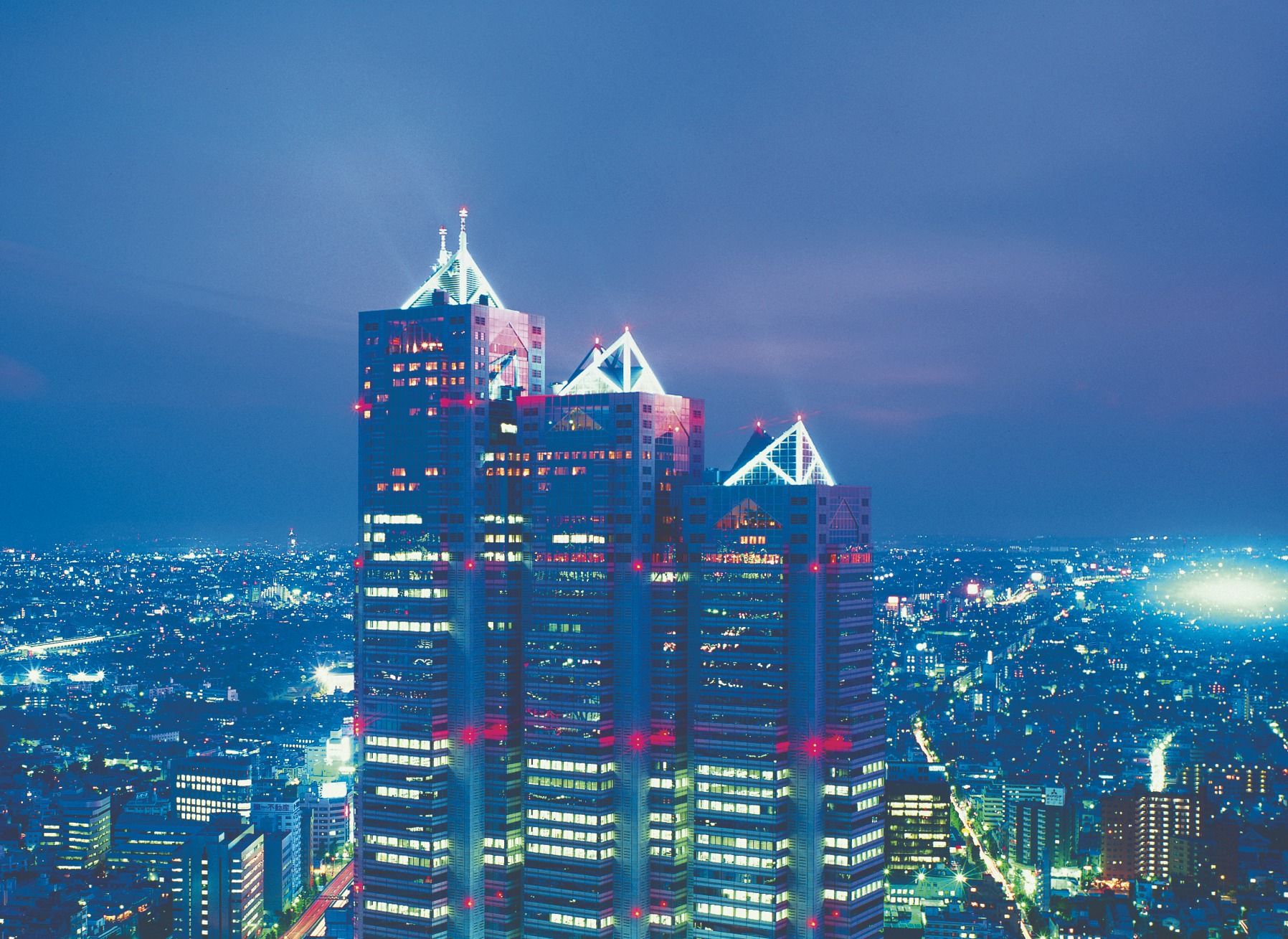What you need to know about Tokyo’s hotels.
There are a lot of hotels in Tokyo, from well-established classics to big-name imports. Here are some of our favorite choices.
Claska
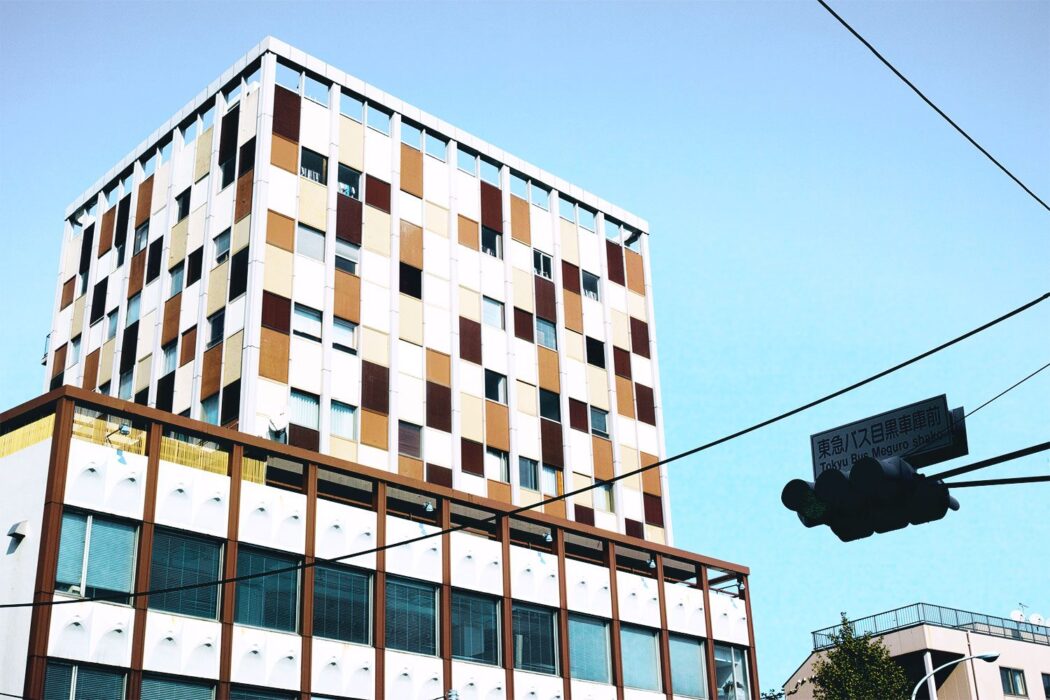
An ultra-trendy Meguro neighbourhood with minimal Japanese design.
It is easy to tell that the entire staff at this design hotel rides custom-made Tokyo Bikes to work and arrives fresh in box-cut blazers and plain yet stylish sneakers. There are some dated hallways in the hotel, but the rooms are immaculate, with low-slung beds and sliding shoji paper screens that emphasize natural light and wood. It’s best to book bedroom 401 – it has a private terrace that’s almost as big as the room itself (you might see Mount Fuji if you look closely). As well as hosting pottery exhibitions and yoga classes, the retro-chic lobby is always busy with events and independent workshops. It’s a bit off the grid here, but step out into the Meguro district and you’ll find trendy second-hand furniture stores, independent coffee shops and some of the best craft beer in Tokyo.
Aman Tokyo

In the heart of the financial district, a minimalist’s dream.
With its first Tokyo property in an urban setting, the Aman brand has become synonymous with cutting-edge design and understated elegance. This modern interpretation of traditional Japanese houses is spread across the top six floors of a gleaming skyscraper (courtesy of Kerry Hill, the late architect). Basalt stone dominates the atrium-like lobby, which has a 30-metre-high ceiling that is reminiscent of a washi paper lantern. Besides a water feature with seasonal ikebana flower arrangements, the lobby features the Italian restaurant Arva and an all-black lounge area with stunning views. Aman’s two-storey spa is its pride and joy, but the rooms are mini-sanctuaries in their own right: a celebration of Japanese minimalism, with blond-wood walls and granite ofuro bathtubs situated window-side to take in the cityscape.
Mandarin Oriental Tokyo
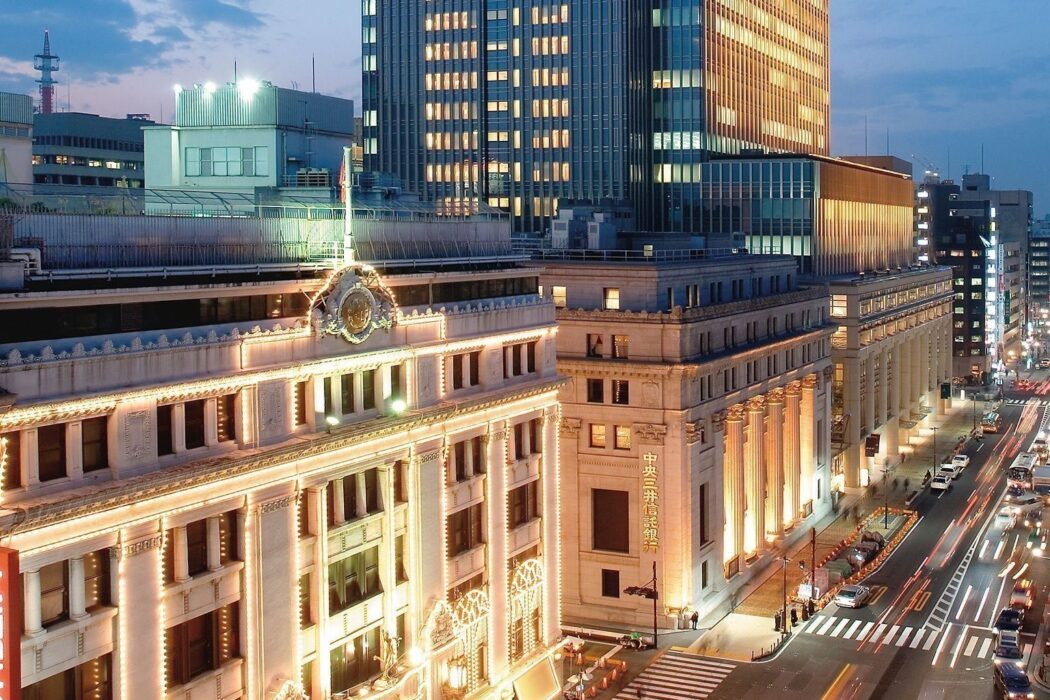
Atop an office building in Tokyo’s historic Nihonbashi district, the Mandarin Oriental offers luxurious decadence with a touch of Japanese sophistication. Featuring beige rooms with orange and teal accents, large bathrooms, and – in true Mandarin Oriental style – a high degree of personalisation: even the bonsai tree in the bedroom comes with a note addressing guests directly. Aside from the magnificent views and excellent spa, the hotel’s top floors are home to ten bars and restaurants, including Michelin-starred molecular bites at Tapas and authentic Italian pizza. Some of the biggest names in gastronomy (René Redzepi, the Sühring twins) frequently take over Tokyo’s kitchens. Even though it may seem impossible to leave this luxury cocoon, you should try it – the concierge can recommend great local restaurants and shops (some of which have been open since the early 1800s).
Trunk Hotel
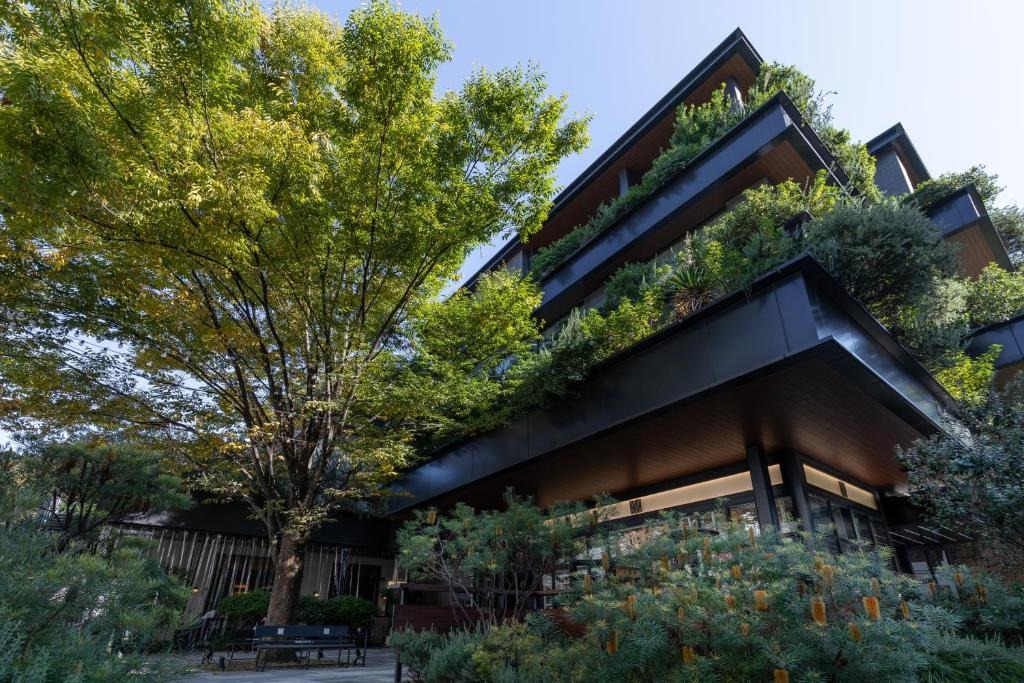
Located right around the corner from trendy Cat Street, Trunk Hotel is a magnet for Tokyo’s creative crowd and in-the-know city trippers. The Trunk Bar sits at the center of the lounge, a buzzing gathering place where entrepreneurs and digital nomads work on their laptops during the day and switch to cocktails at night. In addition to a two-storey party pad with a plunge pool, there is also a cosy family suite with bunk beds. In common, however, are high ceilings, metro-tiled bathrooms, and minibars stocked with artisanal soda pops and dried fruit. Reclaimed timber is used in the interiors, and recycled denim is used for uniforms. Sustainability is the name of the game here. All amenities are made locally, including recycled-rubber bathroom slippers and upcycled laundry bags, which can be purchased at the convenience store along with craft beers from Tokyo.
Muji Hotel Ginza
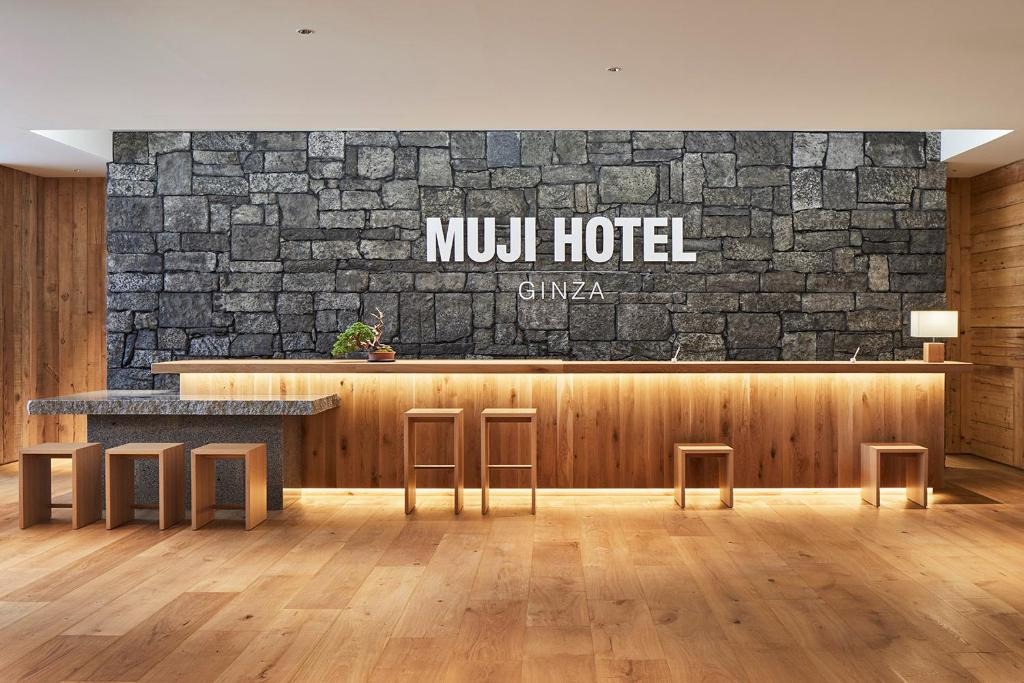
In a frills-free formula where the essentials are carefully thought out and perfectly executed, Muji’s first hotel in Japan is located on the top floors of its Ginza flagship store. There are a lot of bookcases in some of the apartment-like rooms, while others have futons and tatami mats. They have an anti-cheap, anti-gorgeous ethos. A variety of Muji products are installed in each room, from the minimalist alarm clock and air diffuser to the all-white toiletries in the bathroom. The store downstairs sells all of these items. Hotel restaurant WA changes its menu every three months to focus on a specific region in Japan, sourcing almost all of its ingredients from that region every three months.
Palace Hotel Tokyo

After undergoing a complete renovation in 2012, the Palace Hotel, a keystay in Tokyo’s hotel landscape since 1961, is now the address of choice for politicians, celebrities and other VIPs visiting the Japanese capital. It is not hard to find a hotel with a better location or bright spacious rooms than the revamped Palace Hotel – many of which have balconies overlooking the Imperial Palace and its massive gardens. Although the hotel has been modernized, it remains a classic: you’ll get impeccable white glove service (head concierge Ms Sumiyoshi leads the Tokyo chapter of the global concierge association), fresh flowers throughout the property, and silver spoons for breakfast. If you want the best views, grab a spot on the moat-side terrace. For dinner, head to Wadakura, a Japanese restaurant on the 6th floor with tempura, sushi, teppanyaki, and kaiseki.
Hotel Koe

Its ten minimalist guest rooms offer a welcome respite from Shibuya’s neon-lit streets, which are part of the Koé concept which includes a cafe on the ground floor and a lifestyle boutique on the first floor. Most of the rooms are compact (it’s Tokyo, after all), but they’re smart and tidy, and they’re decorated in gray and brown. They’re located on the third floor. In addition to the event space downstairs, hotel guests have access to a dimly lit lounge on the third floor, where tea-based cocktails are the signature drink. The hotel is just minutes away from the bustling Shibuya intersection, where there are plenty of shops, bars and restaurants to choose from.
Park Hyatt Tokyo

Over the years, this legendary hotel has welcomed guests graciously. Its design, as well as its public areas, remains timeless, and service remains as attentive as it was when the Park Hyatt opened as one of the top properties in town. Despite its fame in Lost in Translation, the hotel’s spectacular swimming pool and excellent spa pack star power on their own. In addition to being generously sized, the 177 rooms are equipped with marble bathrooms and Aesop amenities. On good days, you might even be able to see Mount Fuji from the sky-high lodgings, as with all sky-high lodgings in the city. The iconic New York Bar offers a quintessential Tokyo experience even if you aren’t staying over.
Hoshinoya Tokyo

Tokyo’s ryokan style is disappearing, but Hoshinoya manages to revive it with its own ultra-swish style. A 19-storey tower near the central business district houses the ryokan, which features tatami mats throughout (even in the lifts, so shoes are required when entering), plush futon mattresses, and sliding paper screens. Each floor includes six guest rooms and a communal lounge in addition to its latticed exterior, which resembles a swirling komon pattern. There are tea and seasonal snacks available here throughout the day, as well as breakfast (freshly prepared onigiri rice balls) – but the in-room option is well worth it, delivered in a gorgeous wooden bento box. Onsens with spring water pumped up from almost 5,000 feet below make for the perfect place to relax after a day of sightseeing.


